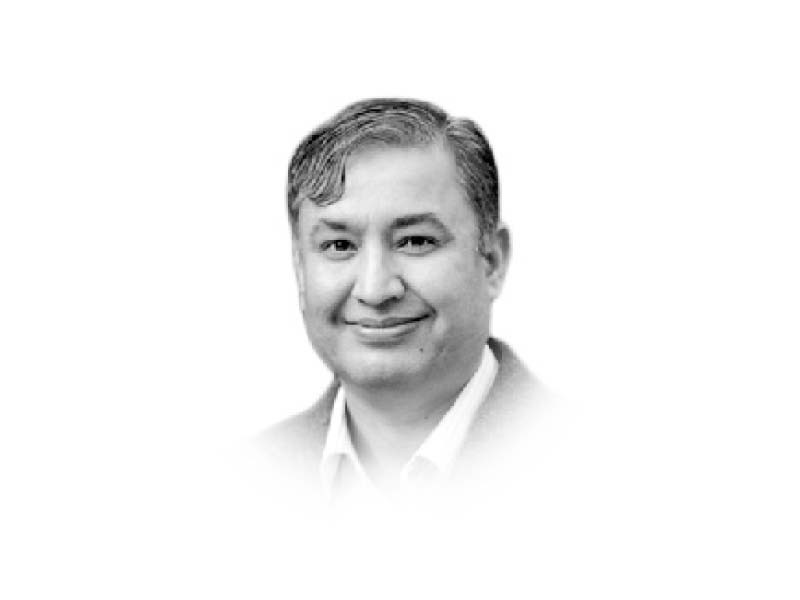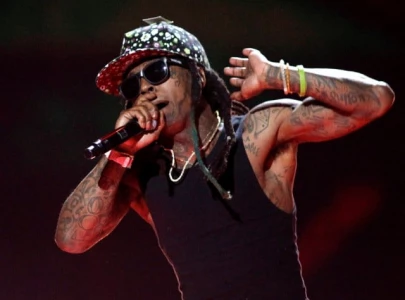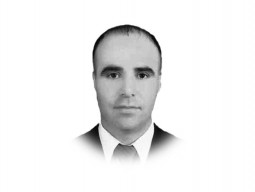
Imran Khan told Pakistan that the Dutch Prime Minister rode to his office by bike. However, he failed to follow the example of the Dutch PM, taking a helicopter from his Banigala home to the PM’s Office. My question is not for Khan but to understand why the Dutch PM bikes to his office.
Any Pakistani who has visited the Netherlands knows that everybody cycles there. Young and old, rich and poor, migrants and native, urban and rural, men and women, commuters and schoolchildren, and also the Royal Family and the PM. Cycling is a routine activity that is not linked with status or lifestyle and does not carry any stigma.
The Dutch culture promotes humility — not placing yourself above others.
Therefore, cycling is a way of signalling that you are like other people. Consequently, over 40% of trips in Amsterdam are by bike, whereas less than 5% of trips in Pakistani cities are by bicycle.
In Pakistan, we have a deep-rooted culture of showing off status and income through distinctive houses and mobility choices. Different models of cars are a symbol of wealth and power. Therefore, everyone aspires to have an expensive car in Pakistan regardless of their social, economic, political, ethnic and religious differences. Even, environmental NGOs and organisations that aim to promote the Sustainable Development Goals demand big, expensive cars.
In Pakistan, people have a mobility culture of cars and bigger cars. It is interesting that Pakistani people carry their mobility culture with them if they move to countries where a car symbolises an anti-environmental personality. Overseas Pakistanis are also buying more extensive and expensive cars (with personalised nameplates) in societies (including New Zealand) promoting walking, cycling and public transport for sustainability.
Pakistani cities were built for non-motorised transportation. Anyone who visits the inner city areas of Lahore, Rawalpindi and Peshawar can see the lively street culture. In contrast, car culture brought wide roads, big parking lots and low-density housing schemes in edge of the cities. Car-based culture promotes a specific lifestyle and made cycling a stigma and represent poverty. We lost the humility of the Dutch cities. The Dutch are rich people (over US$50,000 per capita income) compared with Pakistanis (US$1,200 per capita income), but they did not stop cycling even though they were rich enough to afford alternatives.
Beyond social norms, cycling in the Netherlands is the result of social movements, urban planning policies, funding mechanisms and research directly and indirectly promoted by the governments since 1970s. Dedicated bicycle paths and bike parks were constructed. Bike to school programmes were started so cycling habits became part of the next generation’s mobility. Urban planning policies and cycling co-evolve, which means that new developments produce more cycling. Shopping centres were developed based on bikeable distances. Amsterdam now has coffee and burgers drive-through for cyclists. In fact, cycling minutes are the standard unit of time distance measurements: ‘10 minutes from the centre’ in real estate advertisements means 10 minutes by bicycle. Each municipality hires a cycling officer to plan and implement policies. In 2018, I had the opportunity to attend the 2nd Cycling Research Board Conference in Amsterdam. I was amazed to meet over 60 Dutch post-PhD researchers and professors researching different aspects of cycling in their country. Through the efforts made in the last 50 years, cycling has helped the Dutch people improve their mental and physical health, to enhance sociability in public life and to reduce transport-related energy consumption and emissions.
It is rare to see milkmen and other tradespeople using bikes in Pakistani cities. However, cargo bikes are very common in the Netherlands. In fact, cargo bikes are mainly used by mothers with young children for daily activities. Most Dutch families have at least one or two bicycles available at their homes. They also use bicycles to access stations and other public transport. Pakistan can learn from the Netherlands by building a cycling network to connect with the BRT/Metro Buses and the Orange Train network.
In summary, Dutch culture has shaped cycling, and cycling has shaped Dutch culture. History shows that culture cannot be simply transplanted. The Dutch PM’s cycling habit will not be simply transported by Imran Khan’s speeches and General Ziaul Haq’s cycle riding show. If we want to see the Pakistani PM biking in 2050 then we have to start a cultural shift now by formulating policies, allocating funding and acknowledging the common people of Pakistan who are riding bikes in such a risky, polluted and hostile environment. The UN Sustainable Development Goals demand that Pakistan should promote cycling as a respected, accepted and feasible transport form without making excuses about the weather, lack of space and perceived impracticality. The Dutch culture and cities are great examples to learn from.
Published in The Express Tribune, May 24th, 2022.
Like Opinion & Editorial on Facebook, follow @ETOpEd on Twitter to receive all updates on all our daily pieces.




















COMMENTS (7)
Comments are moderated and generally will be posted if they are on-topic and not abusive.
For more information, please see our Comments FAQ